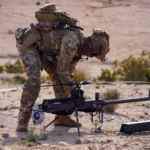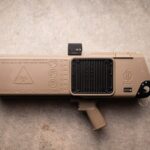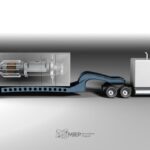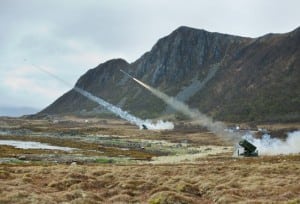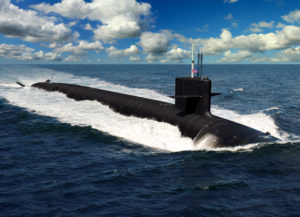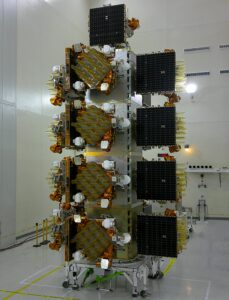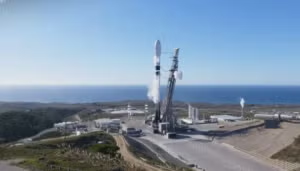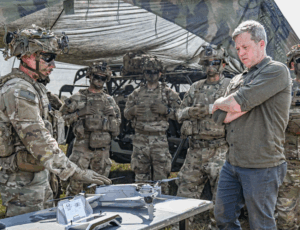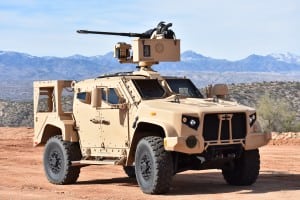
A year-long continuing resolution (CR) threatens the ramp-up in Joint Light Tactical Vehicle (JLTV) production and other programs that need increased funding to speed manufacturing.Under a CR, program offices are held to the funding level of the previous budget year. The government is operating under such a stopgap funding measure that expires at the end of April. Without a defense appropriations bill, the Defense Department could be forced to operate the entire fiscal year with fiscal year 2016 funding levels.Dave…

 By
By 